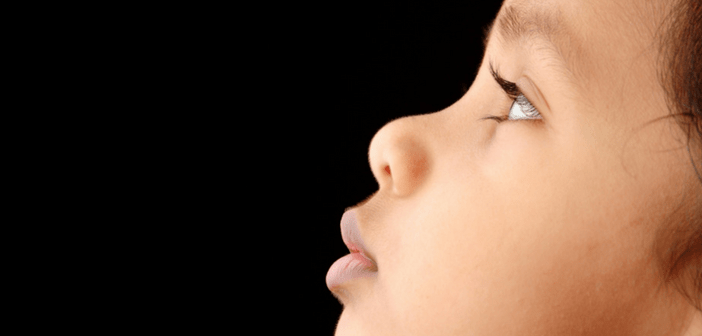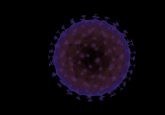Immune signature could predict the risk of childhood asthma

Researchers from La Jolla Institute for Allergy and Immunology (CA, USA) have identified a subset of T cells whose frequency could act as biomarkers to predict the risk of developing asthma. The findings, published in the Journal of Immunology, demonstrate that dust components, that stimulate the innate immune system, could decrease an individual’s risk of asthma.
Senior author, Mitchell Kronenberg (La Jolla Institute), commented: “We found what I would consider very strong biomarkers for those children who are most likely to develop asthma as they get older. Children who, at the age of one, had a higher frequency of so called mucosal-associated invariant T cells (MAIT) cells appear to be less likely to develop asthma by the age of seven.”
Researchers investigated the frequency of different types of immune cells in blood, which were collected from 110 1-year-olds, and the presence of immune-stimulatory components in the participants house dust. The team researched whether any of the factors correlated with an increased risk of asthma at age seven.
Co-first author Shilpi Chandra (La Jolla Institute for Allergy and Immunology) concluded: “We found certain immune signatures such as having more MAITs that are protective. In humans MAIT cells are unique in that they are borne to make gamma interferon, which could help skew the immune system toward an asthma-protective Th1 immune response.”
Sources: Chandra S, Wingender G, Greenbaum JA et al. Development of asthma in inner-city children: possible roles of MAIT cells and variation in the home environment. J. Immunolo. doi:ji1701525 (2018) (Epub ahead of print); www.eurekalert.org/pub_releases/2018-02/ljif-isp021618.php






